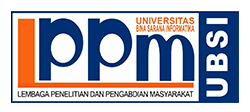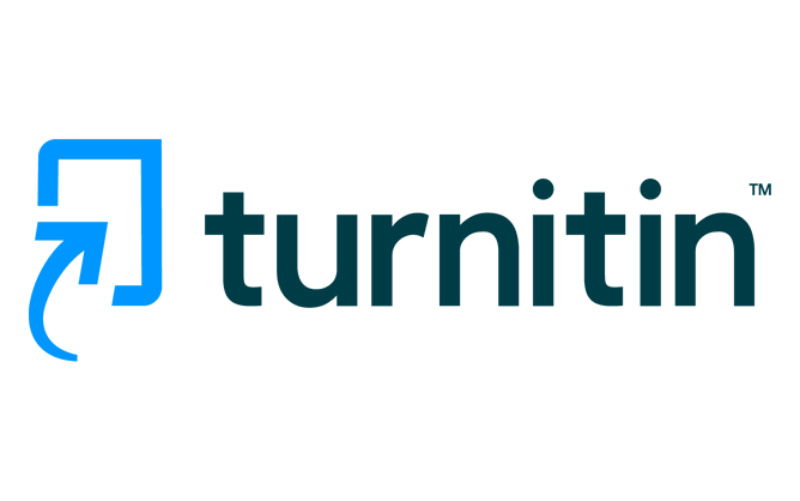Pemilihan Model Scrum Dalam Pengembangan Sistem Monitoring Dengan Menggunakan Metode Agile Untuk Evaluasi Clinical Pathway
Abstract
Hospitals as health care institutions are always required to provide quality, effective and acute services. PERSI forms a guideline for developing service standards so that it supports more accountable and efficient hospital health services called clinical pathways. Clinical pathways are used to systematically record each intervention given to patients. In its implementation, the clinical pathway does not always work perfectly, this is caused by various things such as the lack of resources (equipment and other health facilities), also caused by the negligence of technical implementers such as doctors, nurses, nutritionists, and pharmaceuticals. The clinical pathway monitoring system is important to know the obstacles that arise. The monitoring system can support the evaluation process to be faster. In this study, the system was developed using the agile method with the scrum model. The study was conducted at Harapan Harapan General Hospital in Tegal City involving those who played a direct role in using the system, Patient Care Management (MPP). The functional test results are divided into three, the first system quality results as much as 76% according to its function. Second, the assessment of the quality of information, the value of the quality of information produced as much as 68% according to its function. The three assessments of service quality obtained results as much as 63% according to its function.
Full Text:
PDFReferences
Djasri, H. (2016). Peran Clinical Pathways dalam Sistem Jaminan Sosial Nasional Bidang Kesehatan. PDPERSI.
Huang, Z., Dong, W., Ji, L., & Duan, H. (2016). Predictive Monitoring of Clinical Pathway. Expert System, 227–241.
Kopec, D., Shagas, G., Reinharth, D., & Tamang, S. (2004). Development of a Clinical Pathways Analysis System with Adaptive Bayesian Nets and Data Mining Techniques. Health Technology and Informatics, 1–112.
Lacy, M. (2013). The Scrum Field Guide Practical Advice for Your First Year. Addison Wesley.
Rahma, P. A. (2013). Implementasi Clinical Pathway Untuk Kendali Mutu dan Kendali Biaya Pelayanan Kesehatan.
Schwaber, K. (2004). Agile Project Management with Scrum (Issue Cmm). Microsoft Press.
Sjaf, A. C., Junadi, P., & Nurwahyuni, A. (2015). Tools Pengembangan Clinical Pathway dan Evaluasi Clinical Pathway Konsep dan Penggunaanya. UI.
Sulistiyo, H. R., Darmadjaja, D., Lalopua, E., Lumenta, N., Haryati, T. S., Soeroso, S., & Abinin, Z. (2015). CLINICAL PATHWAY DALAM ASUHAN TERINTEGRASI SESUAI STANDAR AKREDITASI RUMAH SAKIT 2012. Kemenkes.
Sutherland, J. (2014). Scrum The Art of Doing Twice The Work in Half The Time. Crown.
Sutisna, N. S. (2017). Pentingnya Clinical Pathway Bagi Fasilitas Kesehatan.
Teams, C. A., Scrum, E., & Scrum, E. (2013). Praise for Essential Scrum. Addison Wesley.
Vanhaet, K. (2007). The Impac of Clinical Pathways on The Organisations of Care Process. ACOO Leuven.
Wally, B., Boy, B., & Joko, L. (2013). Analisis Perancangan Aplikasi Clinical Patway Pada Rumah Sakit PHC Surabaya.
Lombok, K. I. S. (2015). Perencanaan Strategi Sistem Informasi Pendidikan Pada Sekolah Tinggi Manajemen Informatika dan Komputer (STMIK) Lombok. Bianglala Informatika, 3(2).
DOI: https://doi.org/10.31294/bi.v8i1.7636
DOI (PDF): https://doi.org/10.31294/bi.v8i1.7636.g4176
ISSN: 2338-9761











